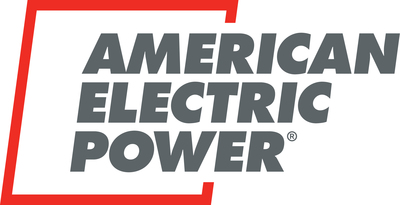AEP Ohio, PUCO Staff, Ohio Consumers' Counsel, Ohio Energy Group And Others Agree On How To Address Growing Data Center Power Needs
Rhea-AI Summary
AEP Ohio has filed a settlement agreement addressing the power demands of Ohio's growing data center industry. The agreement, supported by PUCO staff and consumer advocates, requires large data centers to pay for a minimum of 85% of their stated energy needs monthly, even if usage is lower. The plan includes a sliding scale for smaller facilities and mandates financial viability proof and exit fees for canceled projects. The requirements would be effective for up to 12 years, including a 4-year ramp-up period. This agreement aims to protect other customers from infrastructure improvement costs while maintaining Ohio's business attractiveness. Electricity demand in Central Ohio is expected to more than double by 2030, largely driven by data centers.
Positive
- Agreement ensures infrastructure costs are primarily covered by data centers, protecting other customers from rate increases
- Plan includes flexible terms for small and mid-sized data centers, maintaining market competitiveness
- Agreement provides path to end moratorium on new Central Ohio data center agreements
Negative
- Significant infrastructure investment required to meet growing data center power demands
- Previous data center proposal offering 75% minimum payment was rejected, indicating potential industry resistance
News Market Reaction 1 Alert
On the day this news was published, AEP declined 1.43%, reflecting a mild negative market reaction.
Data tracked by StockTitan Argus on the day of publication.
"
This agreement, which is subject to review and approval by the PUCO, requires large new data center customers to pay for a minimum of
The requirements would be in place for up to 12 years, including a 4-year ramp-up period.
The agreement also outlines a process to end the moratorium on new
The settlement filed today by AEP Ohio, PUCO staff, the Ohio Consumers' Counsel, OEG – a manufacturing coalition – and others is the latest in PUCO case no. 24-508-EL-ATA. The case began in May 2024, when AEP Ohio filed a proposal to reconcile the costs of infrastructure improvements required for
Earlier this month, a group of data center industry leaders filed a separate agreement, which was not supported by AEP Ohio, the PUCO staff, OCC, or OEG. They proposed to pay for a minimum of
Data center development has expanded rapidly in recent years across AEP Ohio's service territory, especially in
"Our proposal recognizes the importance of data centers, not only to our region and
AEP Ohio is based in
At American Electric Power, based in
![]() View original content to download multimedia:https://www.prnewswire.com/news-releases/aep-ohio-puco-staff-ohio-consumers-counsel-ohio-energy-group-and-others-agree-on-how-to-address-growing-data-center-power-needs-302285145.html
View original content to download multimedia:https://www.prnewswire.com/news-releases/aep-ohio-puco-staff-ohio-consumers-counsel-ohio-energy-group-and-others-agree-on-how-to-address-growing-data-center-power-needs-302285145.html
SOURCE AEP Ohio









